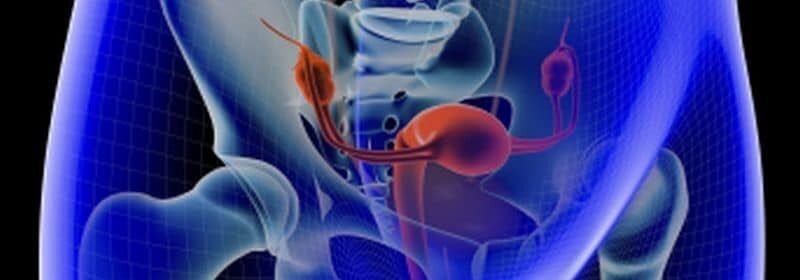Repeat tubal procedures up after hysteroscopic sterilization

(HealthDay)—Hysteroscopic sterilization is associated with an increased risk for additional tubal intervention within seven years compared with laparoscopic sterilization, according to a study published online Jan. 8 in Obstetrics & Gynecology.
Jialin Mao, M.D., from the Weill Cornell Medical College in New York City, and colleagues examined seven-year outcomes after hysteroscopic and laparoscopic sterilizations. Data were included for 10,143 and 53,206 women who underwent interval hysteroscopic and laparoscopic sterilizations, respectively, between 2005 and 2016. The risks for undergoing subsequent procedures (tubal ligation or resection and hysterectomy not related to uterine leiomyomas or gynecologic tumors) within seven years were examined in a propensity score-matched cohort with 10,109 pairs of women.
The researchers found that the estimated risk for undergoing an additional tubal ligation or resection within seven years was increased after hysteroscopic sterilization compared with laparoscopic sterilization (3.9 versus 1.6 percent; hazard ratio, 2.89; 95 percent confidence interval, 2.33 to 3.57). Within the initial year after attempted sterilization, the difference was most pronounced (1.5 versus 0.2 percent; hazard ratio, 6.39; 95 percent confidence interval, 4.16 to 9.8). The risk for receiving a hysterectomy did not differ significantly for women who underwent hysteroscopic and laparoscopic sterilizations (0.9 versus 1.2 percent; hazard ratio, 0.73; 95 percent confidence interval, 0.53 to 1).
“Ongoing monitoring of long-term outcomes for women who received the [hysteroscopic sterilization] device is warranted,” the authors write.
Source: Read Full Article
